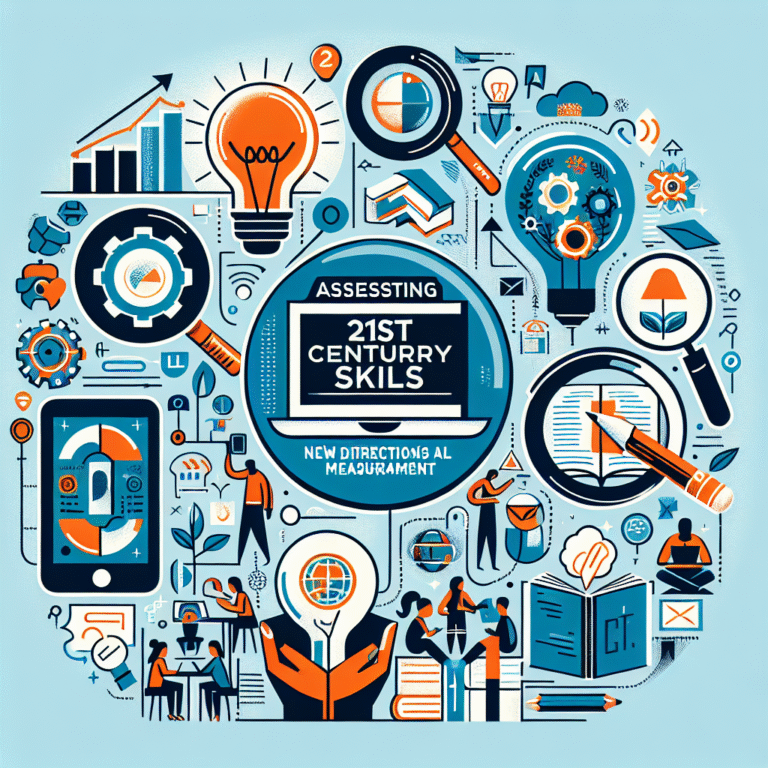
Introduction
In an ever-changing world driven by rapid technological advancements and global competition, organizations are under immense pressure to innovate continuously. The difference between static and successful teams often lies in their mindset. Igniting innovation within a team doesn’t just require fresh ideas; it starts with cultivating a growth mindset—a belief that abilities and intelligence can be developed. This powerful mindset transforms teams, fostering resilience, creativity, and collaboration, ultimately leading to greater success. In this article, we will explore the profound impact a growth mindset has on teams, supported by case studies and actionable insights.
The Power of Mindset: Fixed vs. Growth
Understanding Mindsets
Mindsets fundamentally affect how individuals approach learning and challenges. A fixed mindset holds that talents and intelligence are static traits that cannot be significantly changed, leading to fear of failure and reluctance to take risks. Conversely, a growth mindset embraces challenges as opportunities, encouraging team members to learn from their mistakes and seek continuous improvement.
Table: Key Differences Between Fixed and Growth Mindsets
| Aspect | Fixed Mindset | Growth Mindset |
|---|---|---|
| View on Challenges | Avoids challenges | Embraces challenges |
| Response to Failure | Sees failure as a reflection of intelligence | Views failure as a learning opportunity |
| Attitude towards Feedback | Defensive, often ignores feedback | Embraces feedback for growth |
| Effort | Believes effort is futile | Sees effort as a path to mastery |
These fundamental differences highlight how igniting innovation through a growth mindset is essential for any team aiming for transformative success.
Implementing a Growth Mindset in Teams
Start at the Top: Leadership’s Role
Leadership plays a critical role in shaping the organizational culture. Leaders who exemplify a growth mindset inspire their teams to adopt the same values. When leaders openly acknowledge their own mistakes and demonstrate learning from them, they create an environment that encourages others to take similar risks.
Case Study: Google’s Approach to Team Innovation
Google is known as a leader in innovation and employee satisfaction. Their leadership encourages experimentation and sees failure as a stepping stone. This attitude has led to breakthroughs like Gmail and AdWords. By creating psychological safety in their teams, Google fosters an environment where employees feel empowered to share ideas without the fear of reprimand.
Encourage Lifelong Learning
Creating opportunities for continuous learning is vital. Workshops, training sessions, and mentorship programs can facilitate growth not just in skills but in mindset. Encouraging team members to pursue further education or professional development reinforces the importance of learning and innovation.
Case Study: Microsoft and Cultural Transformation
When Satya Nadella became CEO of Microsoft, he focused on shifting the company’s culture toward a growth mindset. By promoting a love for learning and celebrating effort over perfection, Microsoft has transformed its workplace culture, making it more adaptive and innovative as they pivoted from traditional software toward cloud computing.
Fostering Collaboration and Open Communication
Create a Safe Space for Idea Sharing
Teams should feel comfortable sharing ideas, no matter how unconventional. Creating an inclusive environment where every voice matters can spur innovative solutions that would not have emerged in a more hierarchical structure.
Case Study: IDEO’s Design Thinking
IDEO, a design consultancy, integrates growth mindset principles in their approach to innovation. Their collaborative process encourages “failure” as an integral part of the design experience. This open format allows creative ideas to flourish, resulting in world-class products like the Apple computer mouse.
Tools for Team Development
Using collaborative tools can also enhance interaction and idea flow among team members. Platforms like Trello, Slack, or Miro encourage brainstorming and collective problem-solving, reinforcing a mindset focused on growth and innovation.
Measuring the Impact of a Growth Mindset on Innovation
Key Metrics for Success
To quantify the effectiveness of a growth mindset, teams can track:
- Innovation Rate: Number of new ideas generated and implemented.
- Employee Engagement: Surveys that measure job satisfaction and the willingness to take risks.
- Collaboration Quality: Peer assessments to evaluate teamwork and idea contribution.
Table: Measuring Success: Key Metrics
| Metric | Description | How to Measure |
|---|---|---|
| Innovation Rate | Rate of new ideas implemented | Track project launches annually |
| Employee Engagement | Team morale and job satisfaction | Regular employee surveys |
| Collaboration Quality | Effectiveness of teamwork | Peer review systems, feedback loops |
These metrics allow teams to assess the impact of embracing a growth mindset on their innovation capabilities.
Overcoming Challenges to Cultivating a Growth Mindset
Addressing Resistance to Change
It’s common for individuals to resist adopting a growth mindset, especially in established organizations. Change management strategies that emphasize the benefits of a growth mindset can help ease this transition. This could include workshops, keynote speakers, or training sessions dedicated to mindset transformation.
Case Study: Netflix’s Culture of Freedom and Responsibility
Netflix encourages its employees to take risks and innovate. Their culture emphasizes responsibility over rules, which helps overcome resistance to change. They provide training that promotes a growth mindset, making employees feel integral to the company’s innovative endeavors.
Handling Failure
Teaching teams that failure is an inevitable part of innovation can shift cultural perceptions. Encouraging team debriefs after projects, regardless of success or failure, creates a learning loop that strengthens the team’s overall capability.
Conclusion
Igniting innovation through a growth mindset is not just a trend; it is essential for teams aiming to thrive in today’s dynamic landscape. By embracing challenges, fostering collaboration, and promoting continuous learning, organizations can cultivate an environment where creativity flourishes. As you look to implement these strategies, remember that transformation begins with a single step—a commitment to fostering a growth mindset.
Actionable Insights:
- Model Growth: Leaders should actively demonstrate a growth mindset and encourage their teams to do the same.
- Create Safe Spaces: Establish environments where team members feel free to share ideas and failures without the fear of negative consequences.
- Emphasize Continuous Learning: Offer professional development opportunities and encourage team members to pursue them.
- Measure Progress: Regularly assess the impact of the growth mindset on innovation through defined metrics.
FAQs
1. What is a growth mindset?
A growth mindset is the belief that abilities and intelligence can be developed through hard work, good strategies, and input from others.
2. How can a growth mindset increase innovation in teams?
By fostering an environment where team members feel safe to take risks and learn from setbacks, a growth mindset boosts creativity and the generation of new ideas.
3. Can a fixed mindset change?
Yes, with the right strategies and support, individuals with a fixed mindset can learn to adopt a growth mindset.
4. How can leaders promote a growth mindset?
Leaders can model growth mindset behaviors, provide constructive feedback, and encourage continuous learning among team members.
5. What are some common obstacles to adopting a growth mindset in teams?
Common obstacles include fear of failure, resistance to change, and a lack of encouragement from leadership. Addressing these challenges is crucial to fostering a growth-oriented culture.
In conclusion, the journey of igniting innovation through a growth mindset is a transformative one. Commit to this approach today, and watch your teams flourish and succeed.


















